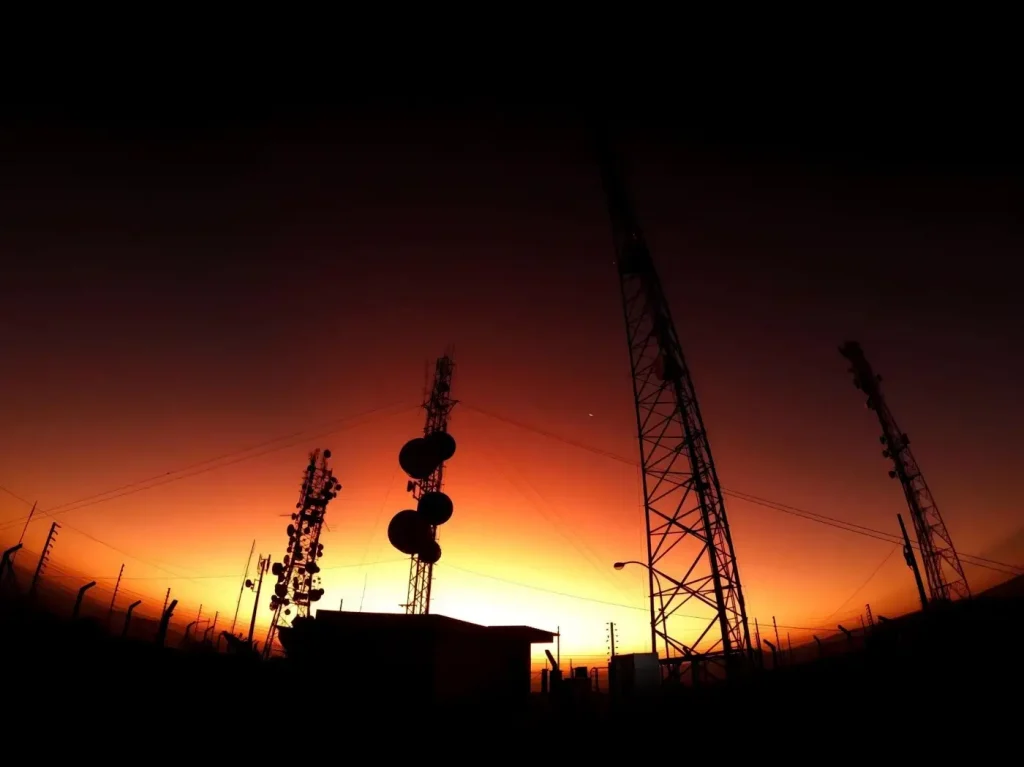Digital Evangelism is Spreading the Gospel … and Technology.

In 1956, the same year Jim Elliot and his missionary teammates were killed in Ecuador, another Christian ministry was celebrating its 25th anniversary of work in the country. The HCJB radio broadcast had begun on Christmas day in 1931, beaming its shortwave signal across the capital of Quito to the six or so receivers able to pick it up. By 1956, the ministry had exploded. About 30,000 people each year, from at least 80 countries, were writing in to HCJB, now perched in the Andes at 8,600 feet.
The success of the radio ministry was bolstered by numerous stories of life change like this one: “I was restless and was about to turn off the radio when by the grace of God He guided my hand to tune into the 25 meter band. Today I am a new creature . . . .” The impact of HCJB seemed undeniable.
Over the next 25 years — from 1956 to 1981 — the ministry would invest much more in advanced radio technology, expanding to an array of 48 antennas covering at least 110 acres. And beyond that, they would invest in the power they needed to support their burgeoning communications infrastructure. The age of radio seems quaint to us today, but radio technology in the 20th century dramatically transformed how the world communicated. Radio’s global scale and mass audience was unprecedented. It set the stage for our Internet today, from wifi to cell phones to satellite communications. So when HCJB started in 1931, it was a Christian tech innovator not unlike today’s start-ups, and the ministry continued innovating for the next 80 years.
Like Christian ministries today, HCJB was driven to reach every corner of the globe for Christ. Should any doubt arise, that mission was embedded in their call letters “Heralding Christ Jesus’ Blessings.” This evangelistic zeal motivated HCJB to invest heavily in building tech infrastructure. One early ministry engineer, Clarence Moore, even patented his own radio antenna.¹ In its service of the Gospel message, HCJB and many other ministries like them raised millions of dollars to build advanced technical systems.
For many of today’s ministries, the same logic is often used. Spreading the Gospel can justify almost any tech investment. Jim Elliot’s words still ring in our ears: “He is no fool who gives what he cannot keep to gain that which he cannot lose.” Investing in tech infrastructure can pay eternal dividends, or so the thinking goes. Fortunately, with HCJB’s 80-year track record, we can now look back and more accurately count that cost. The radio ministry’s story and journey presents today’s Christian innovators with a case study worth learning from.
Read the rest at FaithTech Institute.